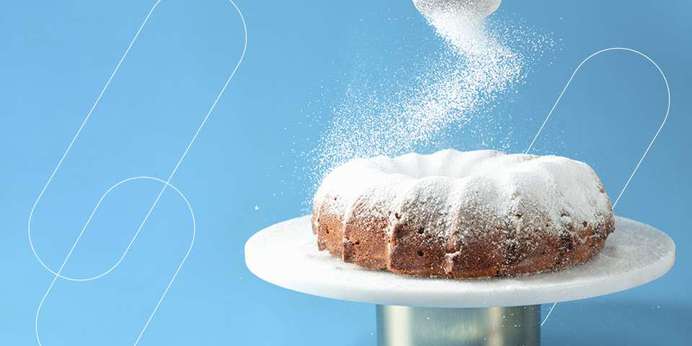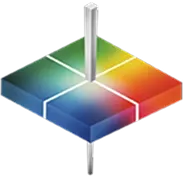Why Sugar Varies in Color
While powdered sugar and brown sugar have an array of differences, they are both a byproduct of sugar cane or sugar beet. Their original form is molasses, but through careful processing and refinement, molasses can turn into brown sugar and then white sugar, which can be ground into this fine-powdered result.
Since powdered sugar is a ground-up version of granulated white sugar, it boasts the same white coloration, marking it as free of the impurities and nutrients that color various types of brown sugar. This refinement process also makes it the perfect topping for glazes, pastries, and donuts. Therefore, the color of powdered sugar can say much about whether the sugar is good for use or needs to undergo further processing before it can become the product your consumers deserve.
The Color of Powdered Sugar by ICUMSA Standards
Measuring sugar color goes beyond being a good practice — according to the International Commission for Uniform Methods for Sugar Analysis (ICUMSA), it's as good as law.
The ICUMSA creates guidelines that define how pure a sugar sample is through light measurement from a spectrophotometer or colorimeter. The closer the sugar is to white, the less light it will absorb. The color measurement tool provides a numerical value, which can easily translate into the ICUMSA's scoring. The closer to 0 the number gets, the more refined the sugar is. Most white and powdered sugars rank somewhere around 50, while brown sugars often rank near 1,000.


